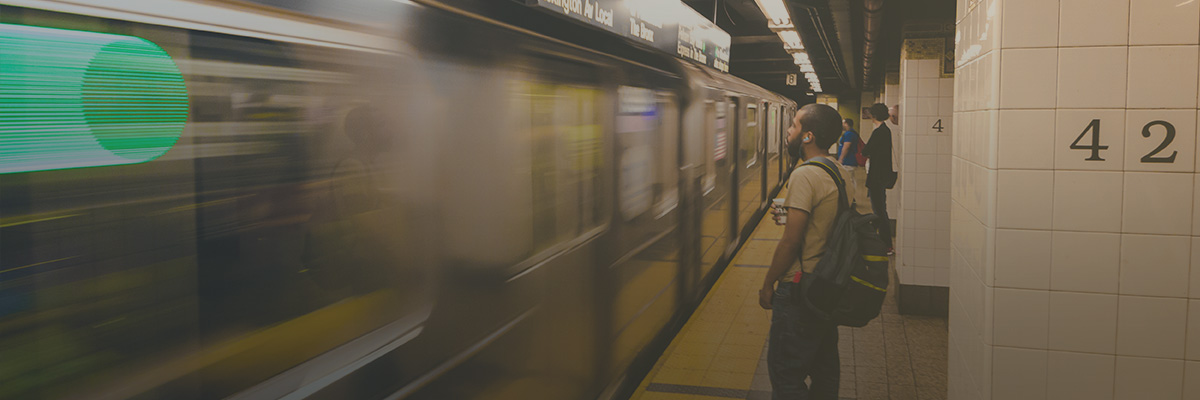This guest post was written by Jeffrey Olivet and Marc Dones, lead authors of Supporting Partnerships for Anti-Racist Communities Phase One Report.
In recent years, an increasingly urgent dialogue has emerged around race and equity in America. But that dialogue has generally overlooked one of the most visible manifestations of racial inequity: homelessness.
Homelessness is not colorblind. People of color are dramatically more likely than their White counterparts to become homeless — even when poverty rates are taken into consideration. This is no surprise given the centuries-old systemic oppression faced by the groups most disproportionately impacted by homelessness: Black and Native Americans.
In fact, we believe that high rates of homelessness among people of color are the result of structural racism. In the fall of 2016, we set out to explore this issue in depth through the Center for Social Innovation’s SPARC (Supporting Partnerships for Anti-Racist Communities) initiative. This effort combines mixed methods (quantitative and qualitative) of research and community capacity building in eight communities across the United States. In March of this year we released our SPARC Phase One Report presenting the first wave of research findings from six SPARC communities. After analyzing more than 111,000 individual client records from HMIS systems, we found that in SPARC partner communities:
- Approximately two-thirds of people experiencing homelessness in SPARC partner communities were Black (64.7%), while 28.0% were White. 6.9% identified as Hispanic/Latinx (Latinx is a gender-neutral form used in lieu of Latino and Latina).
- In total 78.3% of people experiencing homelessness were people of color. By comparison, the general population of the U.S. was 73.8% White, 12.4% Black, and 17.2% Hispanic/Latinx.
- Black people were the most overrepresented among individuals ages 18-24 experiencing homelessness, accounting for 78.0% of this group. This group also had the highest over representation of people of color broadly with 89.1% of 18-24 year olds identifying as people of color.
- More than two-thirds (67.6%) of individuals over the age of 25 experiencing homelessness were Black, and 56.3% of individuals presenting as family members were Black.
- Rates of Native American homelessness were also disproportionately high. In partner communities, homelessness among American Indian/Alaskan Natives was three to eight times higher than their proportion of the general population.
In addition to examining the quantitative data sets, we also spoke with people. We collected more than 175 oral histories from people of color experiencing homelessness and conducted 21 focus groups.
From this collection of qualitative data, various important themes have begun to emerge. They focus on disparate experiences of housing affordability and quality, economic mobility, criminal justice, behavioral health, and family stabilization. These are all factors that can lead to high rates of homelessness for communities of color, and also reinforce high barriers to exit from homelessness. The Phase One Report documents each of these areas in detail, and offers a cross-cutting analysis that focuses on “Network Impoverishment,” a phenomenon in which it is not only the individual or family, but the entire network, that lacks the economic and social capital necessary to prevent and end homelessness.
The time has come to address racial equity in the homelessness field. We have for too long neglected to come together with a clear-eyed understanding of the intersection of structural racism and homelessness. However, we’re hopeful to see that a collective commitment is emerging among advocates, service providers, people with lived experiences of homelessness, and policy makers. Organizations at the national, state, and local levels are beginning to tackle this issue head on.
To dismantle the racist systems of the past and create a just and equitable system in the future we will need structural change and redesigned systems. This will not happen accidentally, but only when we come together to create focused, sustained change over time.
Equity is not the absence of bad policies, but the presence of good ones. And justice, as we said at the NAEH conference in Washington last summer, is not something you pray for. It’s something you implement.

